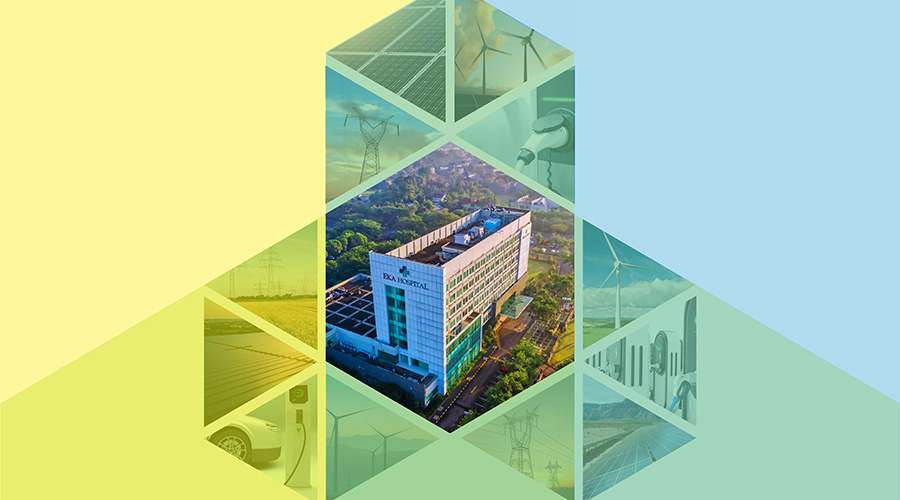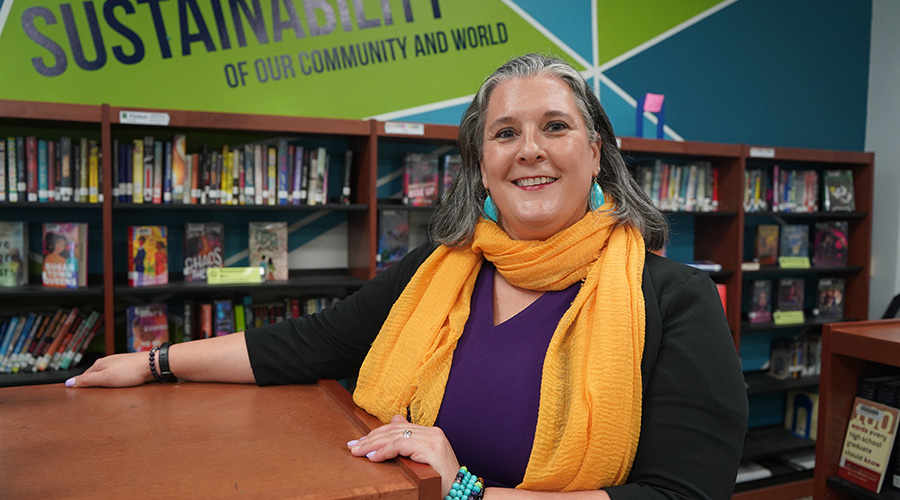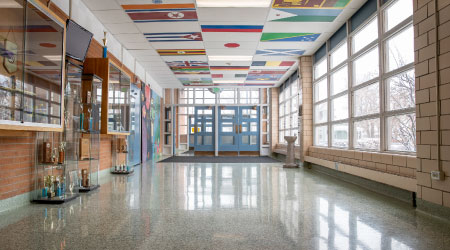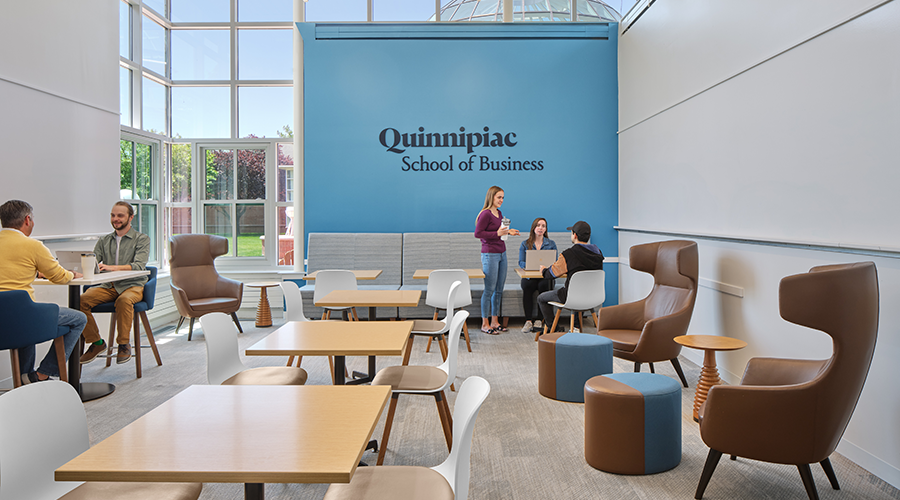Smart Buildings: Why the Latest Tech is Critical on Campus
Gen Z expects their campus buildings to be smart and include the latest technology. Here are some strategies to consider.
Each year, the higher education application process has become more competitive than the last. Students are looking to schools to provide customized and personalized services after putting in the work to be accepted into the institution of their choice. Having grown up in the “digital age,” today’s college students have a unique understanding of what work, education, and leisure mean, and expect their chosen campus to be innovative in every way. University administrations must work harder to differentiate themselves from other schools, putting additional effort into branding both online and on campus. More classes are available online, and state-of-the-art technology is being integrated across all campus spaces — particularly classrooms.
Today’s incoming classes are the first to have grown up completely immersed in technology. Campuses must now be designed to accommodate this mindset, and to be flexible and able to adapt as technology continues to evolve. Having already started to adjust to Millennials, institutions must make an even bigger push toward designing for technology with the arrival of Gen Z students. Gen Z cares about social issues and exploring questions of identity, and, through both physical and digital means, has managed to change the world’s view of what really matters. This generation has led us to question the way we define and consider standards that have been held for years, positioning themselves as the leaders of tomorrow. As these individuals work their way through college and into the real world, we must examine the design model for their education and ensure that it sets them up for the highest possible success, so that they may continue to influence the world in a positive way.
Beyond college, graduates coming out of Gen Z are already starting to hold positions in jobs that didn’t exist 10 years ago, a phenomenon that will only continue to grow. Children of elementary school age today will most likely work in new job types that do not yet exist. As campus planners approach the design of higher education facilities, they must ensure that they are flexible and able to evolve with a changing world and able to teach students skills for positions that have not emerged onto the market yet.
Stephen Coulston is principal with Perkins + Will, Austin, Tex.
Related Topics:















